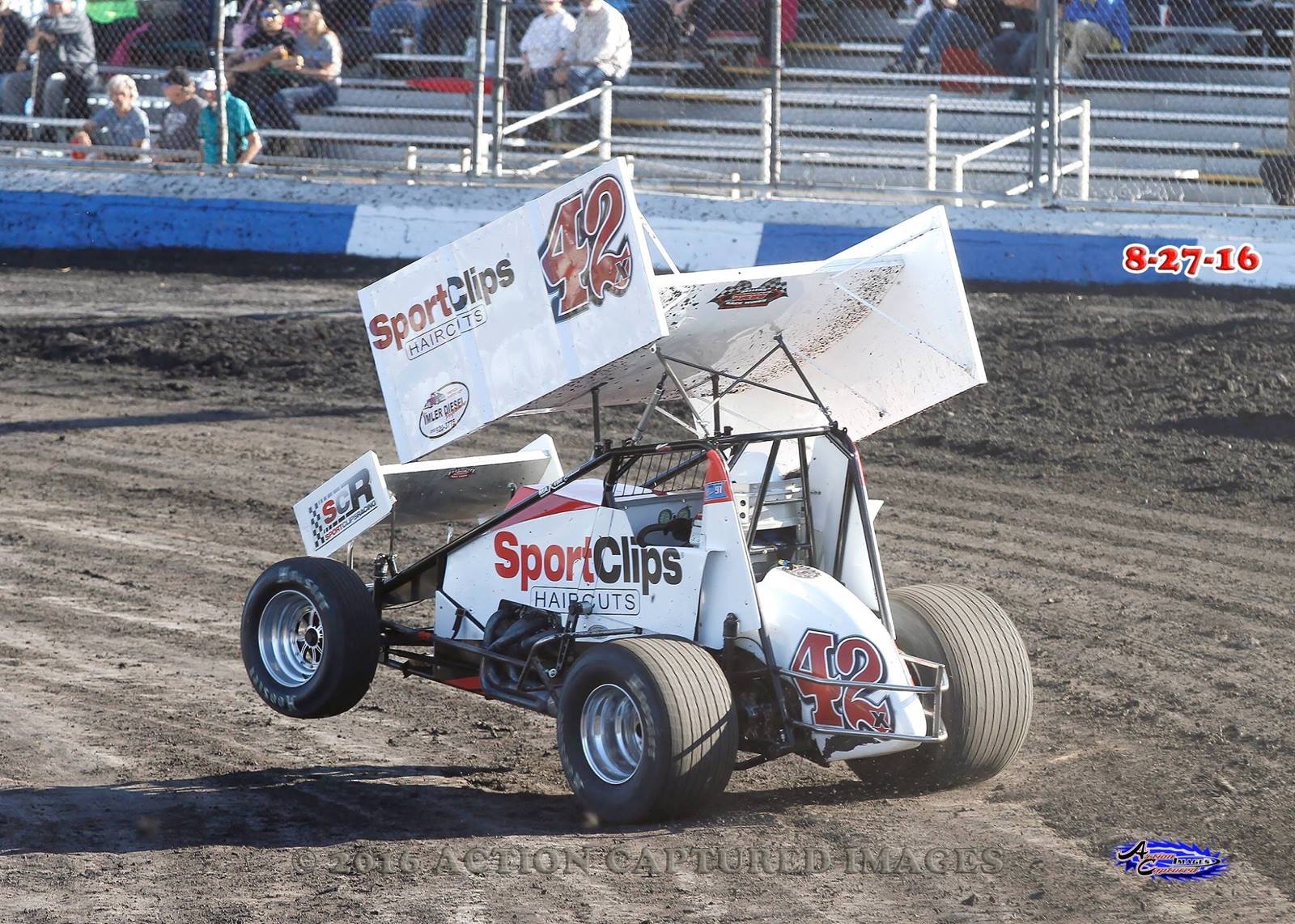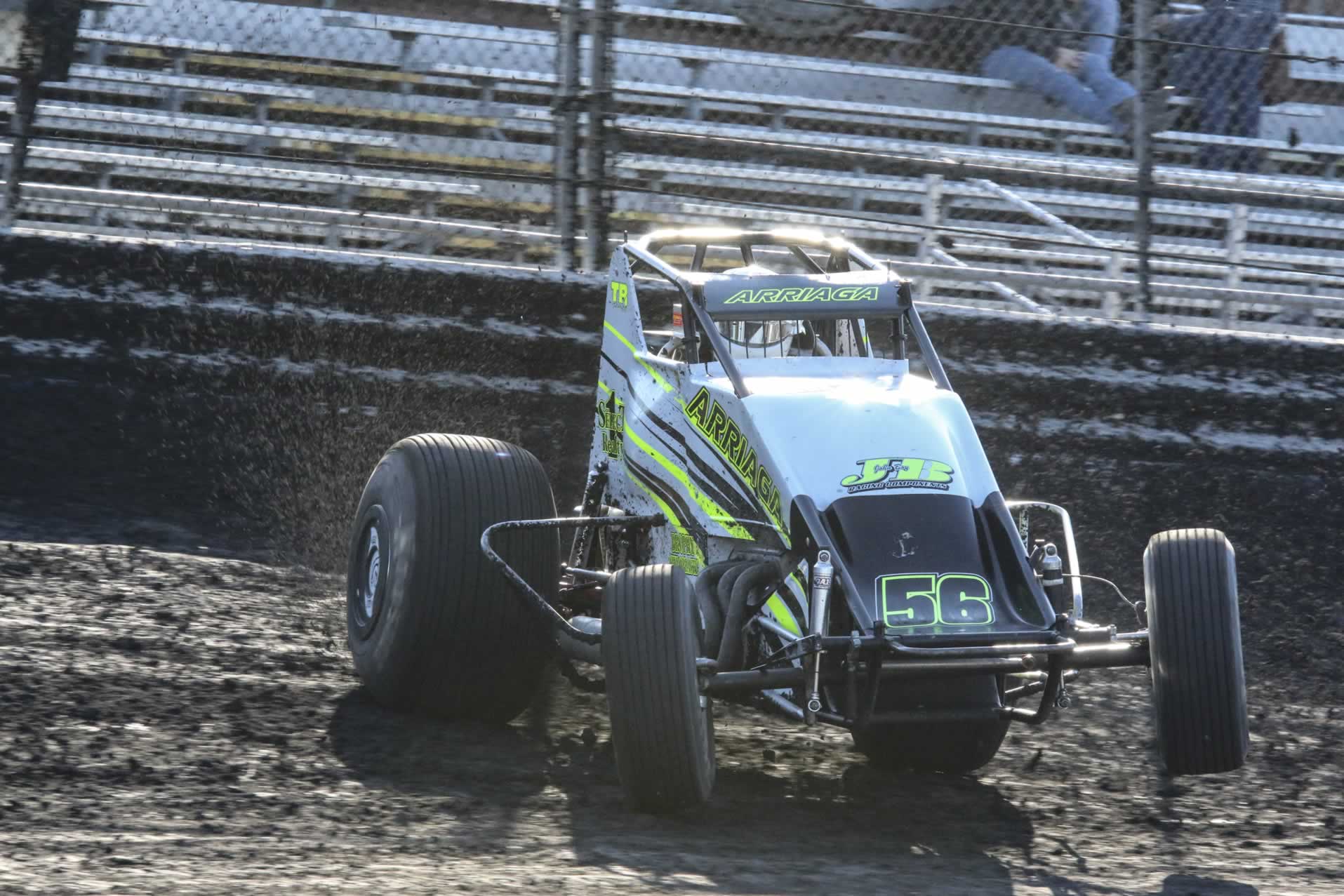
Upon reopening after World War II, the track was sanctioned by the newly formed Bay Cities Roadster Racing Association. Opening in 1937 for horse racing, Calistoga held its first auto race in ’38.

At a half mile, Calistoga is the fastest and largest dirt track on the West Coast and the scenic location makes it a favorite annual stop for race teams and fans. Less than a mile from Calistoga’s placid main street, the fairgrounds has been home to the iconic, wicked-fast dirt oval since 1938 and hosts prestigious national and regional events featuring World of Outlaws, NARC-410, and USAC and BCRA sprints and midgets. Bakersfield is the oil capital of California, and Kern County is the nation’s most oil productive county, with about 10% of the nation’s domestic production.įor a just few weekends each year, historic Calistoga Speedway roars to life in northern Napa Valley, a place more widely known for mud baths, mineral spas and premier wineries.Agajanian, a renowned racing pioneer/promoter from San Pedro. Besides the Indianapolis 500, it is the oldest race in America. In 1992-’95, and ’98, Bakersfield Speedway hosted the Turkey Night Grand Prix, a prestigious race for USAC midgets, held annually on Thanksgiving and originating at long-gone Gilmore Stadium in Los Angeles in 1934.The facility has also been known as Bakersfield Stadium, Bakersfield Thunderbowl, Hawks Brothers Speedway and Oildale Speedway.

The current 0.33-mile oval premiered in March 1992. It was a paved oval from ’59 through ’79 and changed back to a clay oval in 1980, running until ’91. The track remained clay until the ’59 season when it was paved once again. The oval was paved for the ’49 season and was returned to clay in 1950. The track ran as a quarter-mile paved oval in 1947, and was returned to clay in ’48. Featuring midgets, the track opened on as Bakersfield Speedbowl, a 0.2-mile dirt track and Fresno’s Billy Vukovich won the first main event. In its first four years, the track endured four promoter changes, four track surface changes and three name changes.

Since 1946, the track has been a motorsports destination in Bakersfield and through the years the “Okie Bowl” has seen many generations of acclaimed racers-from Billy Vukovich to Ryan Newman to Bobby Hogge IV-cross the start/finish line. Layered in generations of auto racing history, Bakersfield Speedway is the longest continuously operating track in California and is one of the last surviving links to the open wheel and stock car racing heritage of the Central Valley.
PETALUMA SPEEDWAY PROMOTEE MOD
Track: 0.375-mile semi-banked clay oval Season: Most Saturday nights, April–early October Affiliation/series: USAC, NMRA, West Coast Late Models, Race Saver Sprints Regular divisions: Modifieds, Sport Mods, Mod Lites, Hobby Stocks, American Stocks, Stock Cars, Mini Stocks, Dwarf Cars. The speedway is also ground zero to the closest finish in World of Outlaws history.Held annually in September, the fairgrounds is home to the Billetproof Car Show (for traditional-style 1964 and older street rods and customs).Antioch, Petaluma and Watsonville are the last of the greater Bay Area speedways, which at one time also included tracks in Vallejo, Fremont, San Jose, San Mateo, Brisbane and Altamont.

The speedway was lengthened and re-configured prior to the 2009 season to become the current 0.375-mile banked clay oval. The fairgrounds track opened in April 1950 as a half-mile dirt oval and continued for a year before it was re-opened in 1952 as a quarter-mile dirt oval. Since its beginning, the John Soares family has maintained the hometown track tradition, offering local stock car and open wheel racers an active racing schedule and encouraging friendly rivalries. Located in the suburban sprawl of the San Francisco Bay Area, Antioch Speedway has been racing weekly since 1961 and in the early days, was one of several active speedways in the region.


 0 kommentar(er)
0 kommentar(er)
